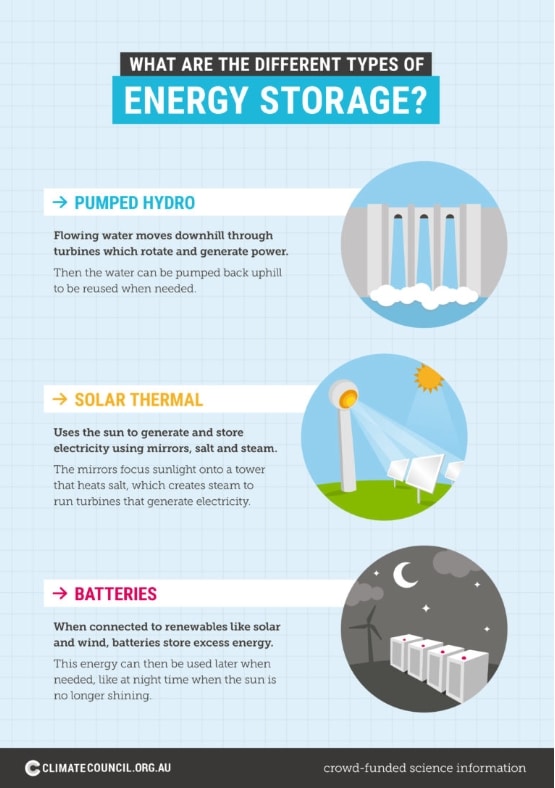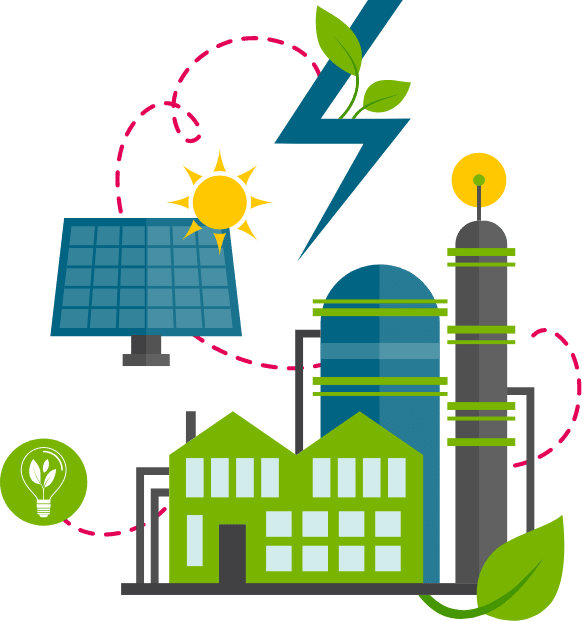
Transform the energy system
Producing electricity is Australia’s largest source of greenhouse gas emissions.
Electricity production was responsible for a third of emissions in 2021. Transforming the energy system is the foundation of Australia’s journey to net zero, as we move away from fossil fuels toward a future powered by our sun and wind.
By 2030 our electricity sector must run on 100% renewable energy, while also growing to meet a significant increase (approximately 40%) in demand from electrification in buildings, transport and industry. To transform the energy system we need to build the infrastructure capable of transporting much higher volumes of renewable electricity across the system, increase energy storage, upskill tens of thousands of workers for a zero-emissions economy, and establish a national authority that ensures no workers or communities are left behind in the rapid change.
Let’s unpack each of these solutions below!
01
Plug in 100% renewables
To successfully replace fossil fuels with renewables, we must transform our electricity grid. Existing energy infrastructure...
02
Boost batteries for rock-solid renewable supplies
As our electricity grid switches to renewable energy, adding storage is essential to match energy supply...
03
Upskill Australians for clean trades
The pathway to net zero in Australia will create tens of thousands of jobs across the construction and operation...
04
Plan ahead for coal closures so no-one is left behind
Australia’s path to net zero requires transformative change. Communities and workers around the country...

Plugging in
100% renewables
To successfully replace fossil fuels with renewables, we must transform our electricity grid.
What needs to happen by 2030?
We need to prioritise building a number of transmission projects (primarily across NSW and VIC) as identified by the Australian Energy Market Operator (AEMO) who manages our electricity markets. Genuine community consultation and strong collaboration with States and Territories will be crucial to this infrastructure rollout. The Federal Government has already committed $20 billion to provide low-cost finance for building new transmission infrastructure with a plan to reach 82% of renewables by 2030. This is a significant step, but we need to aim higher and go faster so we can reach 100% renewables by 2030.
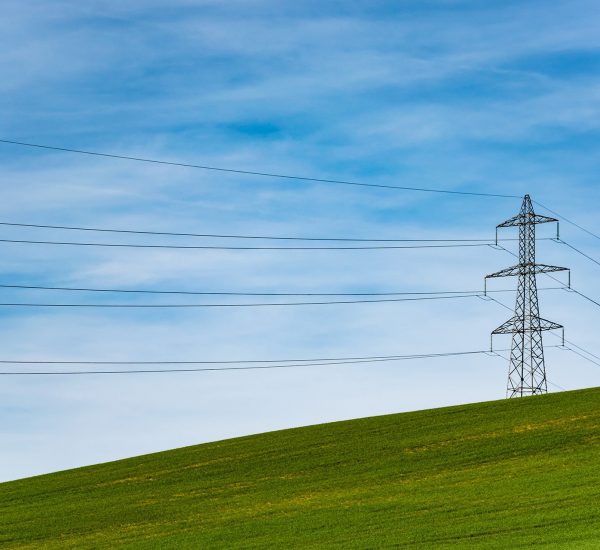
What are the benefits?
Reaching a fully renewable energy supply by 2030 while supporting electrification in other sectors would mean half as many harmful carbon dioxide emissions are released by 2050 relative to the Federal Government’s existing plans
Boosting economic productivity by $2.2 trillion, compared to $2.1 trillion under the existing Federal Government’s plans
Running on 100% renewables would increase household disposable income by around 7% compared to our current trajectory and ensure reliable power supply as more coal-fired power stations retire early
Case Study
Australia’s national capital has been powered by 100% renewable electricity since late 2019.
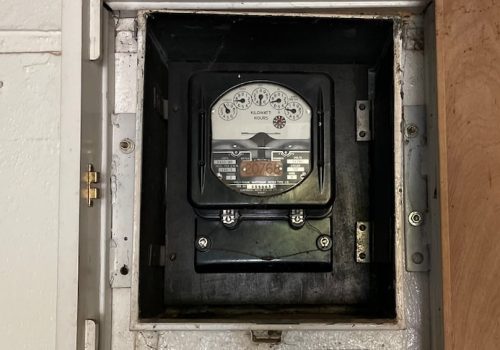

Boost batteries for rock-solid
renewable supplies
As our electricity grid switches to renewable energy, adding storage is essential to match energy supply and demand and ensure our energy system is flexible and reliable.
Think of it like storing water in a dam, so whenever we want water it comes out of the tap. Energy storage varies in scale: smaller batteries at a household level, community batteries, and grid-scale storage like pumped hydro (e.g. Snowy Hydro 2.0) and big batteries (e.g. The Victorian Big Battery).
What needs to happen by 2030?
By 2023 the Federal Government should put a mandated Renewable Energy Storage Target in place to increase energy storage across the grid. It needs to include specific targets for the extra storage needed each year up to 2030. This doesn’t require re-inventing the wheel. A mandated Renewable Energy Storage Target can be implemented quickly and easily by modelling it off similar mechanisms that have been in place for years to encourage renewable energy uptake. Alongside this mandated storage target, Demand Reduction Targets could be put in place by States and Territories to encourage energy efficiency and help balance the system as it undergoes this one-in-a-century change.
What are the benefits?
Attracting even greater investment in clean energy generation and storage
Stabilising the power system and expanding transmission capacity, allowing more power to flow across the grid to wherever it’s needed
Keeping pace with the growth of renewables
Guarding against shocks in the energy system due to sudden or faster coal closures
Case Study
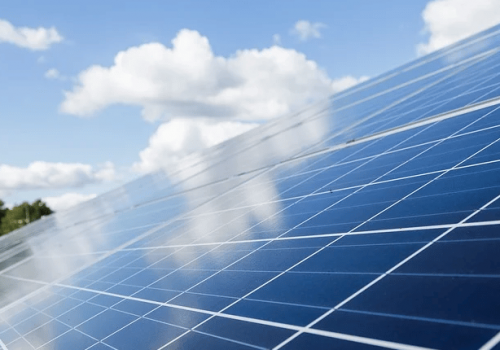

Upskill Australians for
clean trades
The pathway to net zero in Australia will create tens of thousands of jobs across the construction and operation of renewable energy infrastructure and related clean industries.
What needs to happen by 2030?
What are the benefits?
Significant job creation with up to 30,000 additional workers needed for the construction of renewable energy infrastructure
Up to 400,000 new jobs if Australia repositions itself to become a clean energy exporter
Around 75% of the job opportunities out to 2035 could be in rural or regional Australia
Many skills required are transferable, in Queensland 80% of the tasks needed for a clean economy already being performed by workers today
Opportunity to address youth unemployment and underemployment
Case Study
Solar developers, unions, not for profits and training organisations will partner to provide apprenticeship readiness programs and community-led training partnerships. This will rapidly boost the clean energy workforce while ensuring the benefits of good, green jobs are shared across the community.
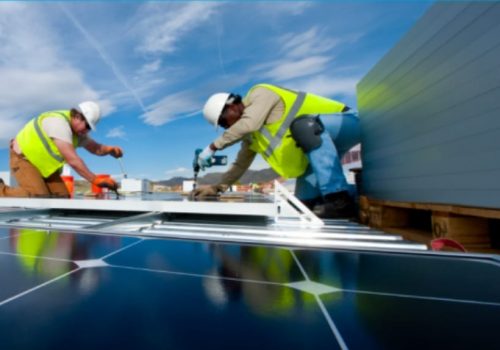

Plan ahead for coal closures so
no-one is left behind
Australia’s path to net zero requires transformative change.
Communities and workers around the country will experience this change differently, and to different degrees. We must ensure that those most directly impacted by the energy transition are supported and empowered in designing what this looks like for their community.
At least 70% – and possibly all – of our coal generators could retire by 2030, even without active intervention to bring this about. By establishing a National Energy Transition Authority we can plan for and manage well this transformation of our energy system. In particular, workers and regions centred around the fossil fuel industry and proposed Renewable Energy Zones should be supported.

What needs to happen by 2030?
The Federal Government must establish a National Energy Transition Authority to plan for and maximise the benefits from Australia’s energy transformation. By 2024, firm closure dates need to be set for Australia’s fleet of coal-fired power stations, alongside the development of station specific transition plans for these workers and regional communities. The Authority would facilitate extensive collaboration across all levels of government, and with Regional Transition Authorities – working to support the strengths and priorities of communities and reinforce existing efforts without duplicating or overriding these. Regional Transition Authorities are established in areas where fossil fuel power stations are in the process of closing, such as the existing La Trobe Valley Authority in VIC, Hunter Expert Panel in NSW and Collie Delivery Unit in WA)
What are the benefits?
More certainty – particularly for communities and workers who are directly impacted.
Supporting workers and regional communities in workforce development, economic diversification and revitalisation of our regions.
Avoiding mistakes and applying lessons learned in one region elsewhere.
Charting an inclusive path forward by working with those who are directly affected and making sure they are part of the decision making.
Minimising shocks through early planning and proactive management that will also unlock further benefits.

